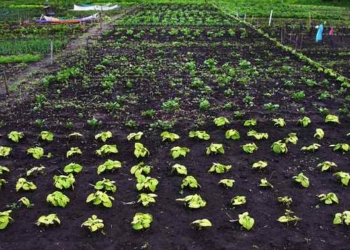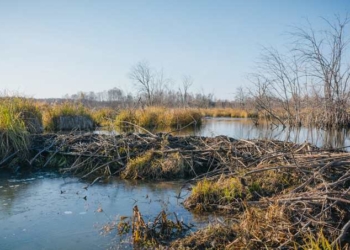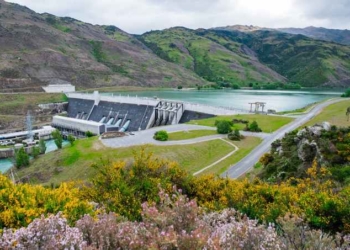
Green living is more than just a modern trend. Many people are giving preference to eco-friendly solutions for their home advancement. Some of them can cost a pretty penny. Nevertheless, you can make your home more eco-friendly even if you are on a tight budget.
Making your house more environmentally friendly is not about giving it a minor facelift only. This process involves the sustainable consumption of goods and materials, contributing to saving nature and your budget as well.
You will be surprised to know that remodeling and reusing of vintage objects are also considered a part of the green lifestyle. Just a few changes can bring a second life to things like this: reclaimed wood (for a desk), dated clothing (for a carpet or blanket), plastic bottles (as containers for flowers), etc.
What Does “An Eco-Friendly House” Mean?
Merriam-Webster dictionary determines the notion “eco-friendly” as not environmentally harmful. It is often used when speaking of the products, which contribute to green living, prevent pollution in the air, water, and land.
When speaking of an eco-friendly house, its design and construction should reduce the environmental impact of the building to a minimum. For example, use less heat, water, energy, etc.
What are the Features of an Eco-Friendly House?
The key features of an eco-friendly house are:
- Energy-efficient lighting;
- Items made from recycled products (glass, metal, wood or plastic);
- Low-flow water fixtures;
- Organic materials;
- High levels of insulation (preferably veggie-based);
- Sufficient level of daylight;
- Wind power systems;
- Double- or triple-glazed windows;
- Solar power generation;
- Airtightness;
- Mechanical ventilation with heat recovery system;
- Use of recycled materials;
- Passive solar orientation;
- Heating and hot water, provided by renewable resources;
- Avoidance of plastic materials;
- Rainwater harvesting.
Small Eco-Friendly Changes to Upgrade Your Home
Here are some small but efficient improvements, which can reduce monthly utility bill counts:
- Buy reclaimed items (wood);
- Install solar panels;
- Replace dated techniques by the energy-efficient ones;
- Get a compost bin;
- Get curtains and blinds to keep heat inside and cold air outside;
- Take care of insulation to reduce the loss of heat;
- Install energy-efficient windows
- Use a programmable thermostat;
- Upgrade your bathroom facilities to reduce water consumption;
- Donate unwanted items;
- Plant herbs;
- Put a drying rack on your balcony to dry clothes in the sun (if you do not have a garden) instead of using a dryer;
- Install a water filter instead of buying water in plastic bottles;
- Replace regular light bulbs by LED bulbs;
- Remodel items when it is possible instead of replacing them by new;
- Use low VOC paint;
- Decorate your house with plants for indoor air cleaning;
- Wash your clothes in cold water;
- Use natural cleaning products (like vinegar, baking soda, and lemon juice).
For most people, buying a house is their largest investment ever. After a certain period, it may need renovation. Thus, by optimizing your home with eco-friendly options, you will avoid huge expenditures on its upgrade in the future.














